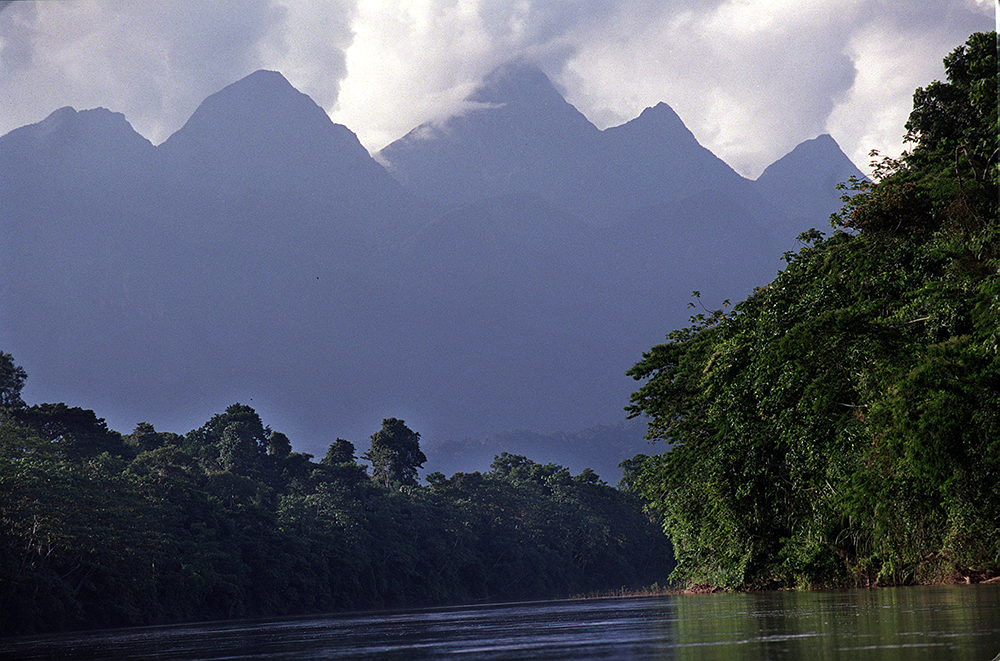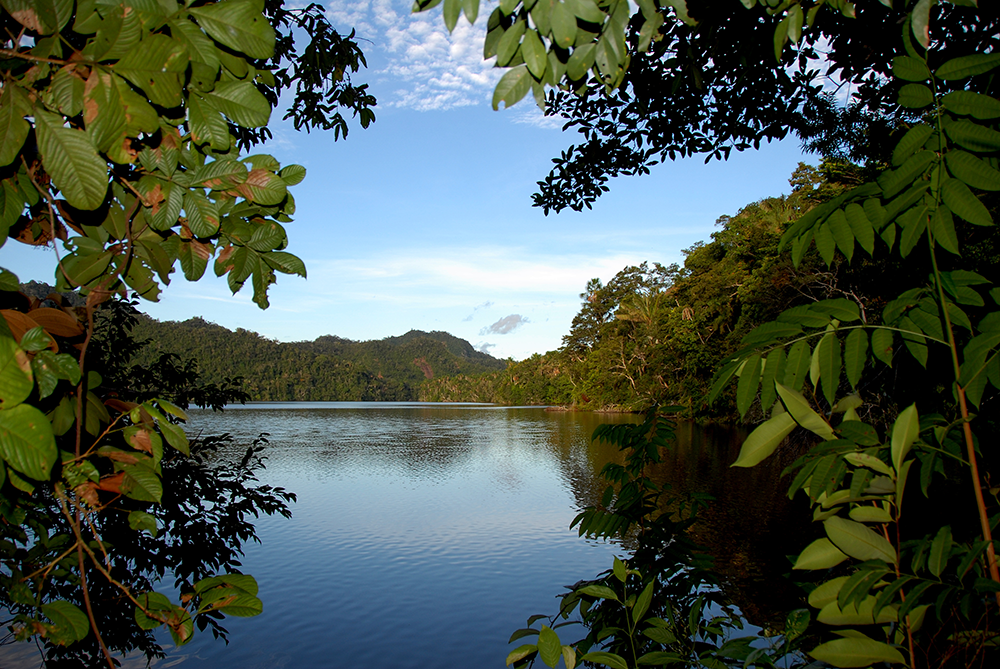


Le cadre juridique des zones protégées au Pérou favorise une approche participative et de cogestion, et permet l'établissement de contrats de gestion entre le gouvernement péruvien et des organisations privées à but non lucratif, en tant que mécanisme efficace de soutien à la gestion. Dans ce contexte, depuis sa création, le parc national Cordillera Azul (PNCA) a bénéficié du soutien technique de l'ONG Center for Conservation, Research and Management of Natural Areas - Cordillera Azul (CIMA - Cordillera Azul). Des années plus tard, en 2008, l'État a signé un accord avec le CIMA pour la gestion totale des opérations du parc pour une période de 20 ans. Dans ce cadre, un accord de développement global (GDA) a été signé avec l'Agence des États-Unis pour le développement international (USAID), la Fondation Moore, la Fondation MacArthur, le Field Museum de Chicago et la CIMA, afin d'unir les efforts pour la conservation du PNCAZ et de bénéficier d'un soutien financier pendant la période 2008-2013. Cela a permis d'établir une vision à long terme pour la gestion adaptative du parc, de mettre en œuvre un modèle de gestion participative et d'atteindre une plus grande durabilité financière grâce à l'effet de levier des fonds pour le PNCAZ.
- Le cadre juridique des zones protégées au Pérou favorise la cogestion et l'établissement de partenariats public-privé.
- Engagement à long terme (20 ans) d'une ONG en tant qu'organisation exécutive pour le contrat d'administration totale du PNCAZ.
- Travail coordonné entre l'ONG qui gère le parc et l'organisme public de gestion, le gouvernement local et régional et les communautés de la zone tampon.
Le mécanisme de cogestion mis en œuvre par le biais du contrat d'administration totale du PNCA de la CIMA a été déterminant pour l'efficacité de la gestion du parc. La raison en est que la CIMA possède non seulement les compétences nécessaires pour gérer les zones protégées, mais qu'elle a également mis en œuvre des éléments fondamentaux et novateurs pour parvenir à cette gestion. L'un de ces éléments est d'être devenu un agent d'articulation qui permet de promouvoir et d'obtenir la participation des quelque 120 villages et communautés indigènes qui vivent dans la zone tampon, ainsi que des autorités régionales et locales des quatre départements où se trouve le parc (San Martin, Loreto, Ucayali et Huánuco). Ce modèle vise à responsabiliser les communautés voisines de la zone pour la conservation et le développement local. Leur approche de travail répond au plan directeur du PNCAZ, développé par le comité de gestion de la zone protégée, la CIMA et le SERNANP.